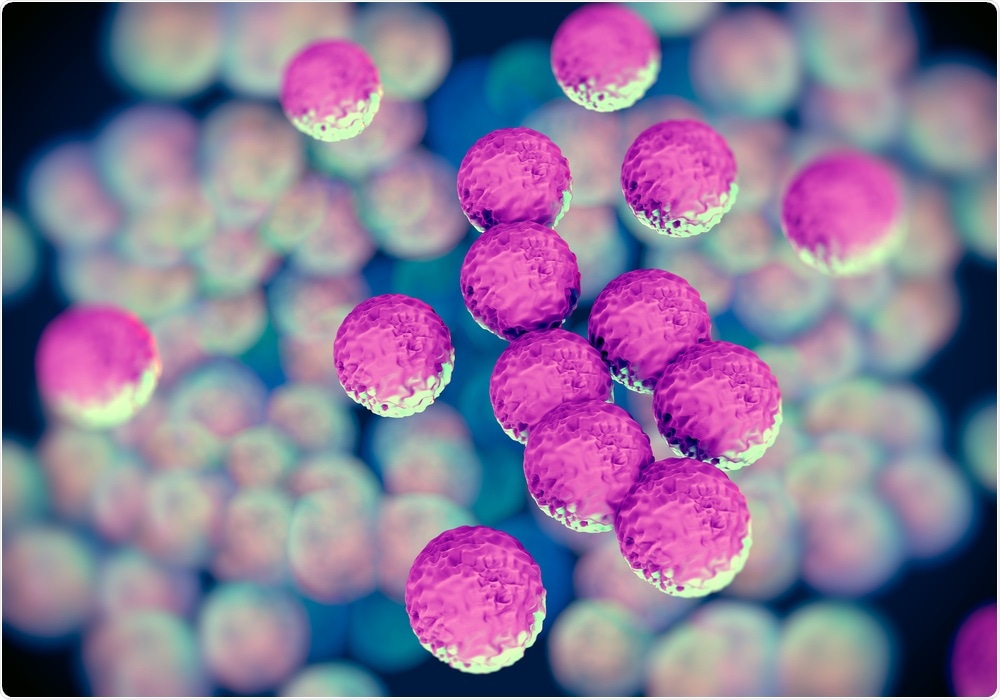
Reducing superbugs in hospitals
The sensor was developed to help severely ill patients to recover faster. The idea is that the the tiny needles in the sensor, which are smaller than the width of the human hair, can be used to sample the patient’s blood continually, allowing doctors to monitor antibiotic levels in the blood, helping the to adjust levels of medication accordingly.Tests have shown that the sensor has the capability to demonstrate how a patient is reacting to a particular antibiotic. Which could potentially help to reduce the impact of superbugs in hospitals. While the sensor has been proven to work, its developers have claimed that more time is required before it is ready to be used in hospitals.
Vital information in real-time
Current practices used to monitor blood antibiotic levels are not as fast as the patch that the London team has developed. The innovative new method uses tiny needles, small enough to fit in-between skin cells, to sample the body fluids apparent in the between cell region.The sensor uses numerous needles to collects data on any tiny changes in this fluid, which it can do at 200 times a second. This data is then analyzed to inform how the patients are reacting following an administration of antibiotics.
The micro-sized sensor that can be adhered to the skin on the arm or applied to the site of infection, to give clinicians a more detailed reading of how effective the antibiotics are at treating the area.
There is even the possibility of coating the micro-needles with different enzymes that react to specific drugs. While the sensor has currently been tested for its response to penicillin, the opportunity is available to modify what the sensor responds to through this coating method.
The development isn't new
What has been achieved by the team at Imperial is not revolutionary. Previously, sensors have been developed using these needles to monitor blood sugar levels.However, the developments from the London team have shown for the first time that this kind of technology can be successfully used in monitoring antibiotic use.
The sensor has been tested in a small scale medical trial, the results of which were published in the Lancet's Digital Health journal highlight the superior effectiveness of the new innovation, which was claimed to be almost “gold standard”.
The future of the micro-needle sensor will likely not only impact on helping patients to recover faster and on reducing hospital superbugs. The sensor may also be developed further to work in further applications, such as being incorporated into wearables and health trackers.
However, before any of these applications can be used in a clinical setting, extensive clinical trials will be needed, which may take years. Currently, the product’s effectiveness has only been proven on a small scale, different patient populations and greater sample sizes will be needed before the sensor can confidently be used on patients.
Journal reference:
Rawson, T. M, et al. (2019). Microneedle biosensors for real-time, minimally invasive drug monitoring of phenoxymethylpenicillin: a first-in-human evaluation in healthy volunteers. The Lancet Digital Health. https://doi.org/10.1016/S2589-7500(19)30131-1.






No comments
Post a Comment